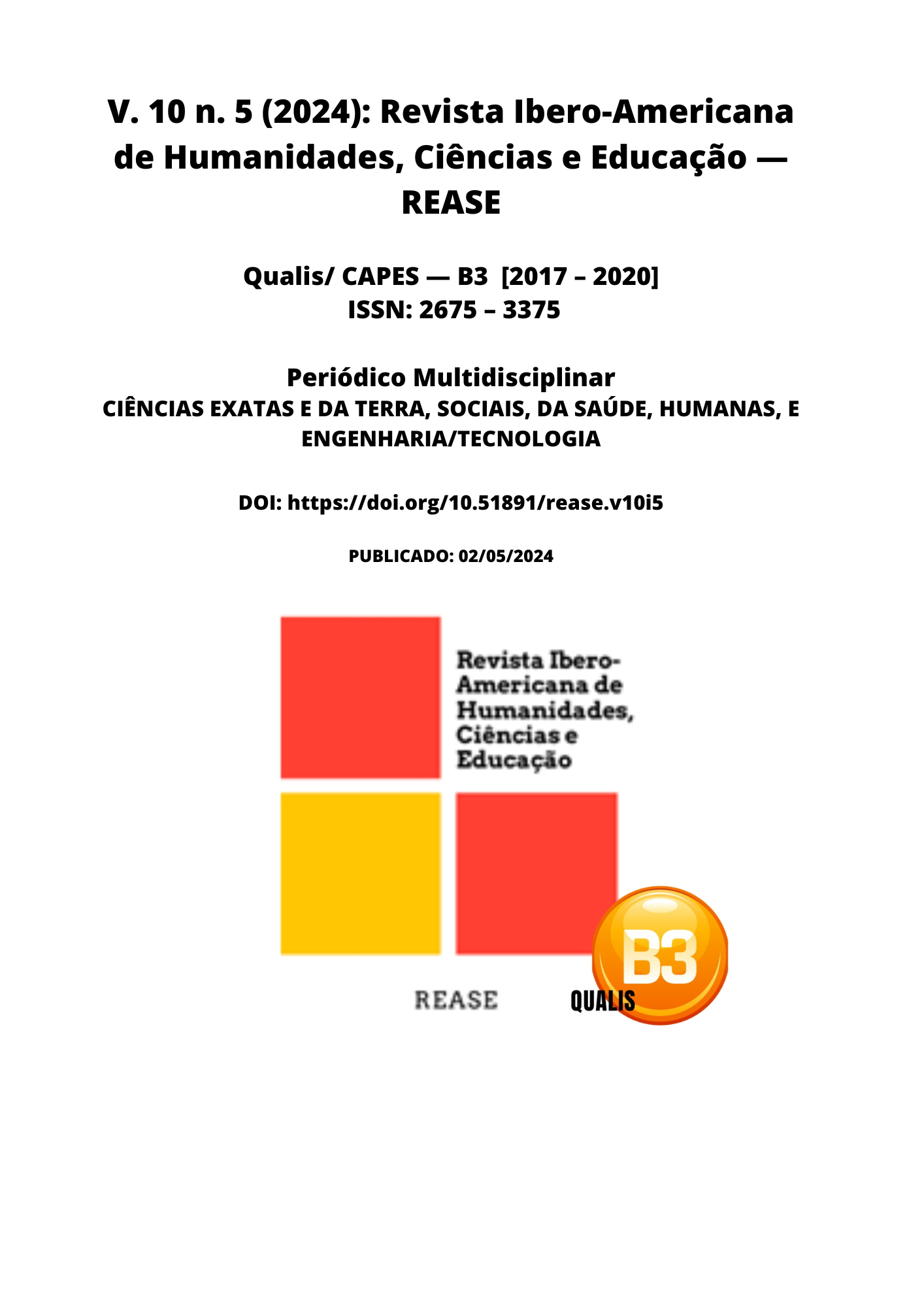THE USE OF FAKE NEWS AS AN ELECTORAL PROPAGANDA INSTRUMENT AND ITS LEGAL CONSEQUENCES
DOI:
https://doi.org/10.51891/rease.v10i5.13510Keywords:
Fact-checking. Misinformation. Political Campaigns.Abstract
To achieve the objectives, an analysis of the spread of false news during the 2022 elections will be conducted, identifying representative cases and strategies used to propagate them. Measures taken by the Brazilian judicial system in response to the dissemination of false news will be investigated, emphasizing legal processes and relevant decisions. Additionally, the role of Brazilian electoral law in combating the spread of false news during electoral campaigns will be analyzed, considering the long-term legal and political implications. The research aims to contribute to a deeper understanding of the legal implications of fake news in this electoral context. By examining judgments and legal decisions, it will provide valuable insights within the field of Electoral Law, enriching the understanding of how to effectively address the dissemination of misleading information in future electoral campaigns.
Downloads
Downloads
Published
How to Cite
Issue
Section
Categories
License
Atribuição CC BY

